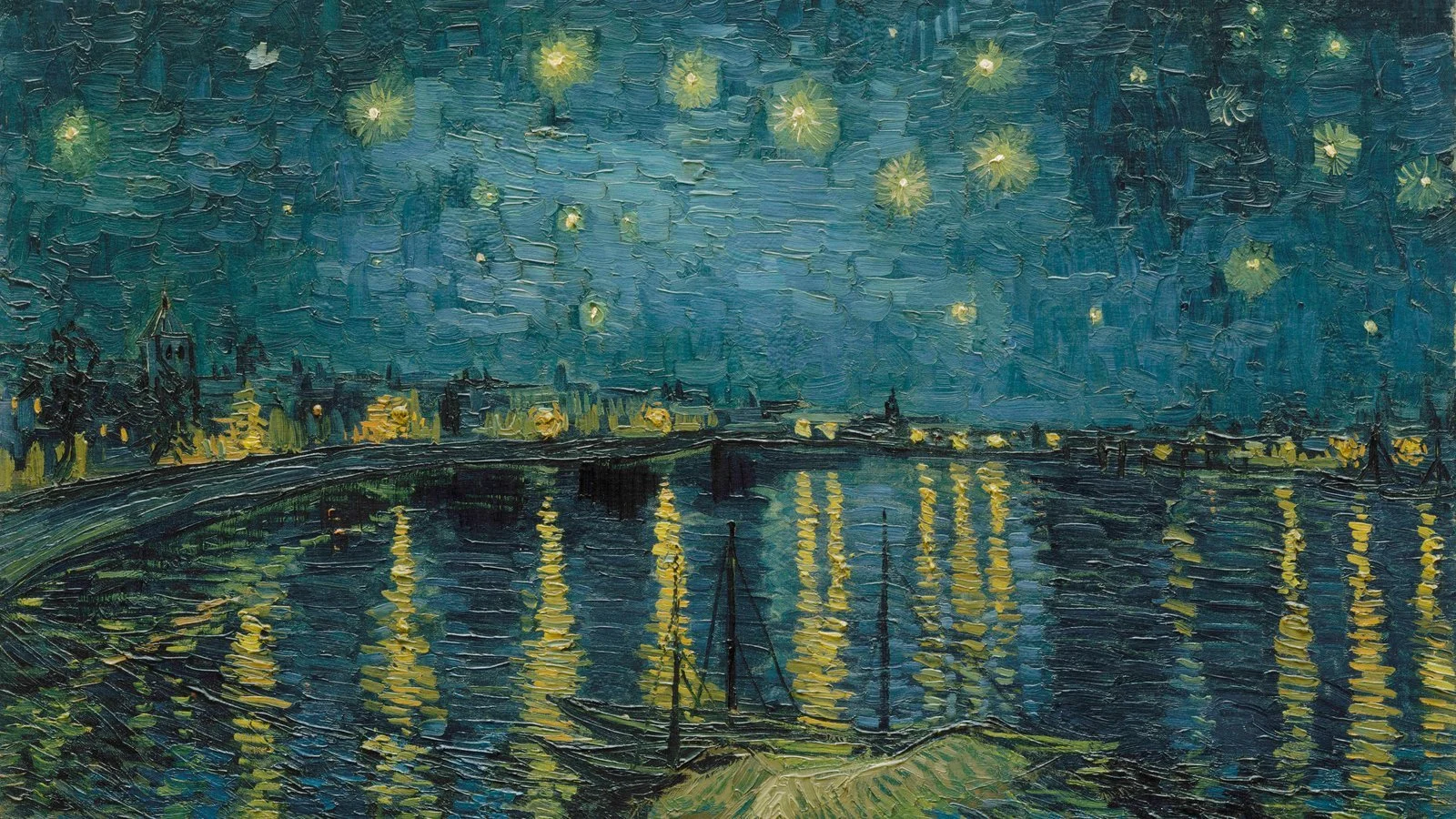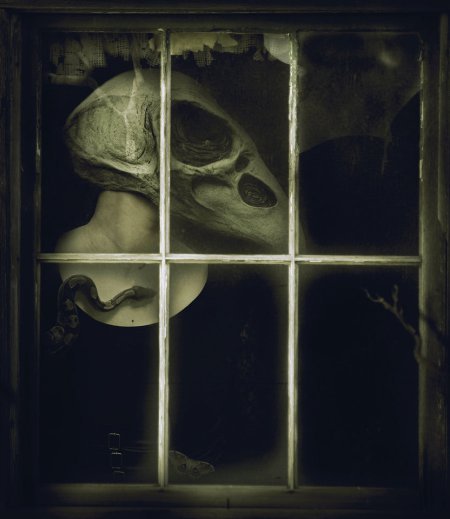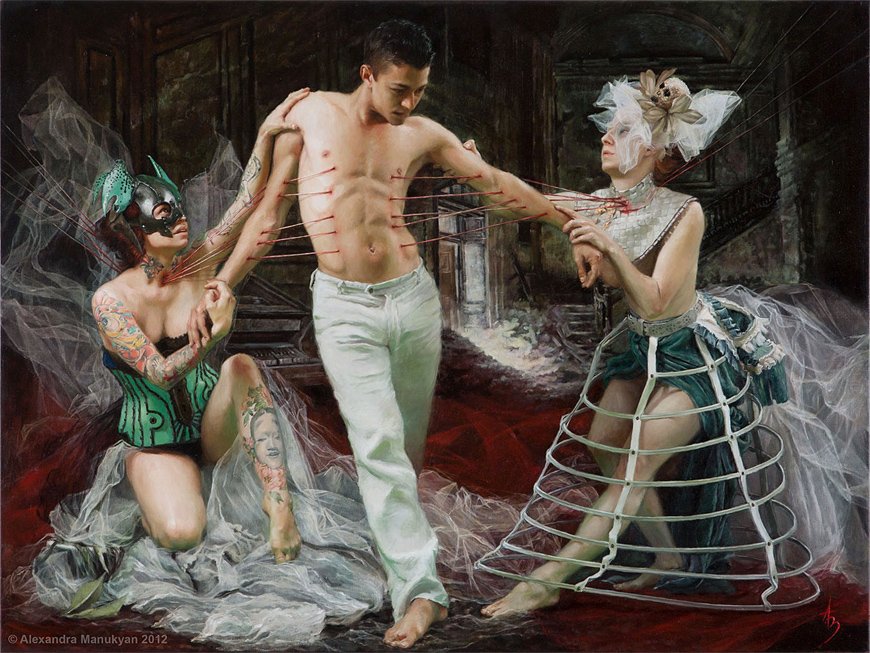Fold or Play?
Fold or play. That’s what he said to me. At that moment, I hadn’t realised I was even supposed to be playing. I couldn’t recall where I sat down and agreed to be dealt a hand. I seem to be in a perpetual state of aimlessness. Knowing some artists are more reliable at providing insight than others, I went scrolling through Facebook to see who could help provide me with some direction. It didn’t take long to come across an image by Kasia Derwinska which fit the theme. And then I saw another and figured it might be productive to look at a couple more closely. As ever, I wear my own glasses, not those of the man who no longer sat next to me.
The theme of luck or no such thing as luck, gambling, taking risks and fate is persistent in any image which prioritises playing cards or dice. Kasia also has a good handful of photographs showing dice, but today I’ll be using just those showing cards. Playing cards have a long history; there is solid evidence in a manuscript dating from 1377 which mentions playing cards. However, some suggest their origins can be traced back to China before 1000AD. The design of the cards typically used these days originated in France in the 15th century. The invention of the Gutenberg printing press in the 1440s shaped the growth of the popularity of playing cards. It meant they could be produced much cheaper, making them affordable for a wider group. Predictive methods were a secondary use of playing cards. However, even the original tarot decks were first used as a game. I won’t be delineating each card’s meaning because it’s unlikely to add anything of value. That being said, I will pay attention to one or two that seem especially relevant.
The first photograph, How to Build A Universe That Doesn’t Fall Apart Two Days Later, is one I looked at in another post. Back then, I wrote, “I’m wondering if there isn’t a touch of satire in here because building a structure from cards is hardly likely to survive two hours, let alone two days. To me, this image speaks of taking a chance, of playing a game, and the umbrella offers enough protection if everything should come tumbling down. The joker is visible, which could further suggest that there is indeed a game in play. I like the concept and imagine it will resonate with many.” I don’t want to deviate from anything I initially said. But, I have since looked closer at the symbolic representation of the idiom house of cards. This expression can be dated back to 1645. It refers to an institution, plan, or structure which is poorly constructed and likely to either break or fail. With this in mind, it may be suggested that better materials are needed if one wants to build a universe that doesn’t fall apart two days later. I might also put forward that two days is around the amount of time the moon takes to travel through a single sign of the zodiac. In astrology, the moon represents emotions. Taking it one step further, trying to build something on feelings alone is probably not enough to create something that can endure a heavy storm. Or even a slight breeze, for that matter.
Nobody Plays This Life With Marked Cards has the sub-title you got to lose to know how to win. Using herself as the model, Kasia stands off-centre with her arm and hand outstretched; a dozen or so playing cards in mid-flight dominate the bottom-right quarter of the photograph. Her head is slightly bowed, but direct eye contact implies conviction, and a relaxed smile adds a sense of confidence. The forthrightness of her stance suggests facing the issue head-on rather than relying on allusion. The title tells us that no one can cheat fate, and not one of us can guarantee what life will, or will not, give us to deal with. The message here is that we need to play the cards we have been dealt to the best of our ability. If we lose, we can use the experience to learn how to play smarter. It further emphasises we should play with confidence and not shy away because of a fear of losing. When loss is seen as an opportunity to learn, we gain victory over the fear of it. I strongly feel this photograph is a response to a situation that occurred rather than a random idea. I know that all art is a response to something, but this image feels more insistent than the others. It’s almost like she’s saying, ‘No, that’s not how it is. This is the way I see it’. I am familiar with Kasia’s work, and I know it’s unusual for her to pose in such a way. Look at the other photographs in this post alone. You can see how the camera usually acts as an unobtrusive observer. The model is generally a small part of a much bigger picture.
Fate Shuffles the Cards We Play is a visually appealing concept. A larger-than-life hand comes through the clouds as it throws cards onto the scene. Could the enormous hand overhead be an expression of the idea of a situation involving the concept of the upper hand? The title tells us the hand is a representative of fate. The barren landscape, overwhelming in comparison to the solitary figure standing off-centre to the left, creates the impression of being isolated and alone. Is the person waiting for the cards to land so decisions can be made? Or at least having to wait to see what cards they have to play with. I can see that a joker will most likely be the first to hit the ground. The Joker is a late addition to playing cards and began to appear in printed decks in the 1860s. Its primary purpose for inclusion was to act as the top trump in a game called Euchre. Its presence here may indicate the person will have access to resources that will ensure victory. There is no way of knowing if the card will be held for a time before it’s played. Still, its presence indicates that the person will soon have both power and freedom in the situation. It also reinforces the idea of the concept of the upper hand. It seems fate has given favourable cards in this instance. The overall message of this image appears to be very positive, or maybe it’s just lucky…
The image The House of Cards, is the one that caught my attention and prompted this post. A Sisyphean-sized boulder sits centrally as a focal point in a sparse landscape. A man stands to the left and holds the ace of spades as he looks up, although I can’t quite make out if he’s looking at the top of the boulder or up to the sky. The ace of diamonds is strategically placed with its back resting on the boulder. The ace of clubs can be seen just underneath the all-encompassing rock. A smattering of random cards fills the foreground; all cards are picture side up. Faint outlines of mountains can be seen in the distance. Aces usually represent new beginnings or seeds being sown; to have three suggests something may be about to begin. Yet the title suggests the boulder has just flattened a house of cards. Boulders and rocks usually represent something substantial and physical such as reality. The ace of spades is traditionally the highest ranking card in a playing deck and, as such, has a positive connotation. However, in cartomancy, it is one of the most feared because it indicates hard endings, sorrow, or the break up of a relationship. Curious indeed. There is the possibility this image would be relevant in a situation where a hefty dose of physical reality meant the end to something that was always intended to be temporary.
Life is Not About Keeping Score is a serious title. To the right, a man sits on a chair and holds the ace of diamonds in his right hand as he stares straight ahead. A pile of cards lay on the floor in front of him. The sky is clear except for a small white cloud in the distance. The landscape is without vegetation or buildings. There is no mythical hand nor Sisyphean boulder to distract attention away from what appears to be a moment of introspection that will lead to wisdom. To be left holding an ace would be an excellent symbolic sign to me. It says he’s holding knowledge or skill that will ultimately benefit him. The cards at his feet may have been purposefully discarded, or maybe he was able to pick up what suited him most. Life shouldn’t be about keeping score, but there is little indication that a game has been played. Neither is there any indication the man was either the winner or loser, only that he still holds something of value. Maybe a part of the message here is to be thankful for the chance to play in the first place and appreciate what he still has. The photograph and title indeed implore us to take some time to think about its meaning. One of the more valuable traits associated with the kind of person who doesn’t try to keep score is the ability to be grateful. It means we’re more at ease and likely to be open to new opportunities. We move forward and don’t get held back because we constantly try to get even.
I like this picture and find it strangely calming. In Life Changes the Rules Constantly, a man stands in the middle of a dry and barren landscape. There are playing cards all around him on the ground. He looks upwards as more cards fall from the sky. The sky looks heavy and overcast, although the earth looks like it could do with the rain. The dark and cloudy sky could symbolise pessimistic thinking and a lack of clear insight. Kasia used the quote “When I had all the answers, the questions changed - Paulo Coelho” when sharing the post, which helps to further discern what is happening here. This photograph speaks of uncertainty after a period of stability. Those times when we think we have it all sussed out, and then without much warning, we’re blindsided. Old ways of thinking are no longer effective, and we’re left with no choice but to wait for clarity. There is always a short period of transition where we feel powerless or disorientated. We have to be able to give it time until we know exactly what we have to play with. Sometimes, we have to be still and see what life gives us. Again, playing cards suggests that outside influences are in play and the theme of luck and chance. Are the cards also symbolic of what is raining down? Is there a sense of waiting for them to settle, like dust? I do like this photograph and will probably spend more time looking at it when I’ve finished this post.
The final photograph takes a similar scene to Life is Not About Keeping Score and was likely taken at the same time. In Nowhere Man, we see the man sitting in the same chair, but he is now central in the picture space. In the far-right distance, you can see the outline of a mountain. This time, the man is more actively involved with his surroundings. His eyes are fixated on an incomplete house of cards in front of him. The cards floating off to the right of him suggest it was the wind that caused the house to collapse. Kasia had posted the following lyrics to accompany the photograph:
He’s a real nowhere man
Sitting in his nowhere land
Making all his nowhere plans for nobody
Doesn’t have a point of view
Knows not where he’s going to
Isn’t he a bit like you and me? - The Beatles
The song lyrics are a little sad but also remind us that we can all find ourselves in this state from time to time. I’ve already spoken about the symbolic house of cards with its poor structure and likelihood of destruction. In this instance, it looks like nature is responsible for the collapse. Does this suggest a natural ending to a situation? The man looks pensive as he stares at what remains of his construction. Will he wait for the wind to calm and then rebuild or will he pick the cards up and climb that mountain? Maybe he’ll leave them all as they are, wander off elsewhere, and leave the remains for someone else to find. The title and song lyrics suggest he hasn’t even begun to think about what comes next. I feel the image is saying it is time to take stock rather than push to make the next move, whatever that may be.
Kasia Derwinska - Website - Facebook - Flickr
If you want to purchase copies of her artwork, please check out her Saatchi profile
Recent Posts
Categories
Tags
- Bird 9
- Clouds 2
- Distance 1
- Birdcage 1
- Art as Therapy 2
- Egg 1
- Kraken 2
- Cards 2
- Crown 1
- Fly 1
- Grief 1
- Endings 4
- Bed 1
- Dreams 1
- Death 2
- Balloon 1
- Cobwebs 1
- Cogs 1
- Gramophone 1
- Invisible Man 1
- Bridge 1
- Bubble 1
- Chessboard 2
- Dice 1
- Boat 3
- Box 1
- Hollow Man 1
- Mask 2
- Bandages 2
- Bones 3
- Origami 1
- Books 1
- Male Ego 1
- Buddha 1
- Face 1
- Cone Head 1
- Hammer 1
- Horns 1
- Mermaid 1
- Mirroring 1
- Ostrich 1
- Halo 1
- Nun 1
- Hair 1
- Hoop skirt 1
- Infidelity 1
- Desert 1
- Blindfold 1
- Caught 1
- Dreamcatcher 1




































